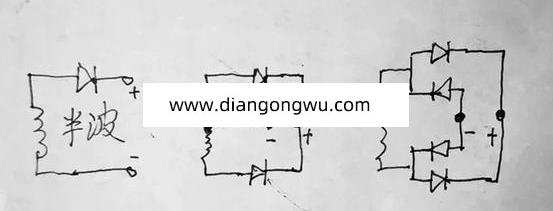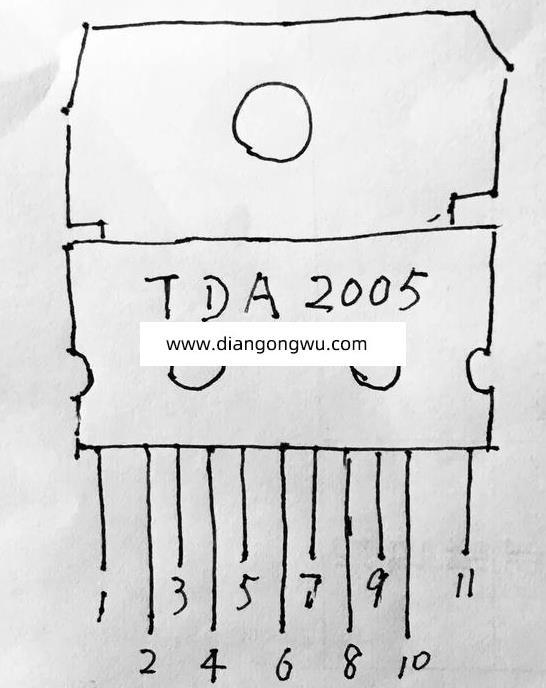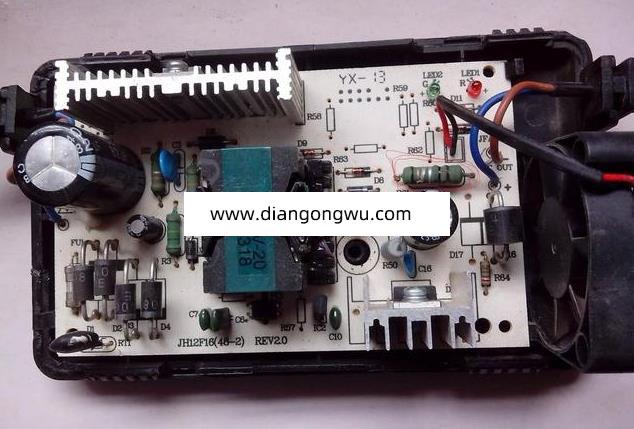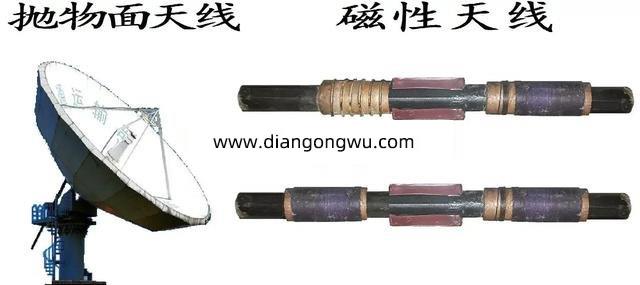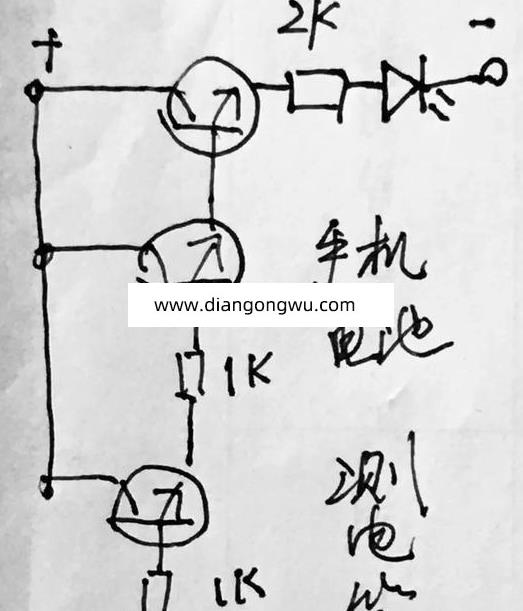最后必须提到的是,在用户进程调用驱动程序时,系统进入核心态,这时不再是抢先式调度。也就是说,系统必须在你的驱动程序的子函数返回后才能进行其他的工作。如果你的驱动程序陷入死循环,不幸的是你只有重新启动机器了,然后就是漫长的 fsck。
二、实例剖析
我们来写一个最简单的字符设备驱动程序。虽然它什么也不做,但是通过它可以了解 Linux 的设备驱动程序的工作原理。把下面的 C 代码输入机器,你就会获得一个真正的设备驱动程序。
由于用户进程是通过设备文件同硬件打交道,对设备文件的操作方式不外乎就是一些系统调用,如 open,read,write,close…, 注意,不是 fopen, fread,但是如何把系统调用和驱动程序关联起来呢?这需要了解一个非常关键的数据结构:
struct file_operations {
int (*seek) (struct inode * ,struct file *, off_t ,int);
int (*read) (struct inode * ,struct file *, char ,int);
int (*write) (struct inode * ,struct file *, off_t ,int);
int (*readdir) (struct inode * ,struct file *, struct dirent * ,int);
int (*select) (struct inode * ,struct file *, int ,select_table *);
int (*ioctl) (struct inode * ,struct file *, unsined int ,unsigned long);
int (*mmap) (struct inode * ,struct file *, struct vm_area_struct *);
int (*open) (struct inode * ,struct file *);
int (*release) (struct inode * ,struct file *);
int (*fsync) (struct inode * ,struct file *);
int (*fasync) (struct inode * ,struct file *,int);
int (*check_media_change) (struct inode * ,struct file *);
int (*revalidate) (dev_t dev);
}
这个结构的每一个成员的名字都对应着一个系统调用。用户进程利用系统调用在对设备文件进行诸如 read/write 操作时,系统调用通过设备文件的主设备号找到相应的设备驱动程序,然后读取这个数据结构相应的函数指针,接着把控制权交给该函数。这是 linux 的设备驱动程序工作的基本原理。既然是这样,则编写设备驱动程序的主要工作就是编写子函数,并填充 file_operations 的各个域。


